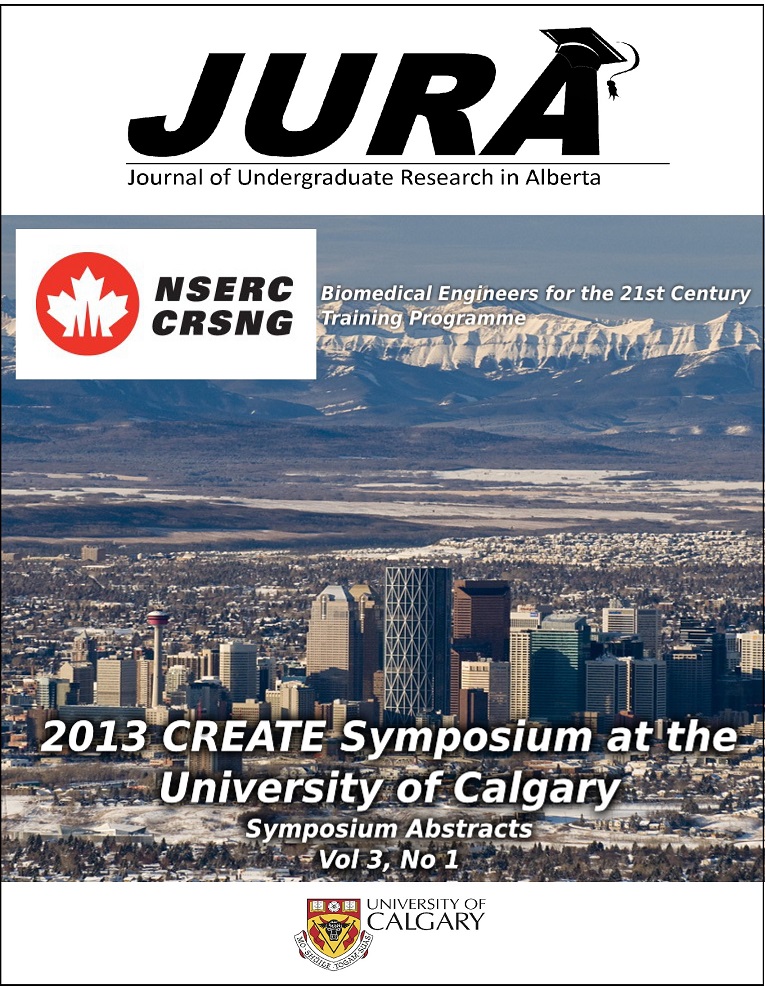Energetics and metabolic economy of cross country skiing
Keywords:
Cross-Country Skiing, efficiency, metabolic costAbstract
INTRODUCTION
When using the two-skate technique, cross-country skiers move their skis in a skating motion while pushing with both poles simultaneously on every second footfall. Skiers often prefer to pole with either the left or right ski while synchronising their breathing to the movement of the poles. A locomotion-respiration coupling has been well observed when quadruped animals increase running speed [1]. That is, as the forelimbs are drawn back the animal exhales, and as the animal’s forelimbs extend the animal inhales [2]. A similar phenomenon has also been observed in cross-country skiers. Despite being very predictable, the effect of this coupling between poling and breathing on efficiency is unknown. The purpose of the present study was to evaluate the effect of reverse breathing and reverse poling techniques on efficiency and force production in skate cross-country skiing. We expect that skiers will be less efficient when poling on their non-preferred side and when breathing in a reversed pattern.
METHODS
Skiers (n=10) roller skied at a constant sub-threshold speed for four conditions each lasting four minutes. Metabolic efficiency was determined using the rate of oxygen uptake (O2), where a higher O2 indicates higher energy consumption and therefore lower efficiency. Force data were collected via strain gages in the poles and roller skis (128Hz). The first and last conditions, which acted as the controls, consisted of the athlete breathing normally and poling on their preferred side. In the second condition the athletes were asked to pole on their non-preferred side while maintaining normal breathing patterns. For the third condition, the athletes returned to poling on their preferred side while they reversed their breathing pattern.
RESULTS
O2 increased significantly when the skiers switched from their preferred skiing technique to both the reverse poling (p=0.047) and reverse breathing conditions (p=0.097) (Table 1). The second control condition was not significantly different than any of the other conditions (Table 1).
Impulse and timing were calculated from the forces measured in the poles and skis. When compared to the control condition, skiers mirrored their impulse production from each limb when poling was reversed. As such, there were no differences in impulse, mean cycle time, mean contact time, or mean limb recovery time when calculated relative to the poling side.
Figure 1. Mean rate of oxygen consumption for all conditions. (SE=±1, n=9).
DISCUSSION AND CONCLUSIONS
The increase in O2 for reverse poling and reverse breathing indicates that these two conditions are less metabolically efficient than the control condition. Previous work on respiration-locomotion coupling identified changes in abdominal pressure resulting from movement [3]. As a result, mechanical alteration of intra-abdominal pressure contributes to breathing, allowing the active respiratory muscles to perform less work and thus require less metabolic energy [1]. The reversal of this phenomenon may explain the decrease in efficiency observed for the reverse breathing condition.
Force data from the reverse poling technique revealed no changes in gait mechanics. As cross-country skiing is a cyclical task, it is possible that despite symmetrical forces, there may have been subtle differences in technique that were not identified in this study. Future research should use electromyography to further examine changes in gait for reverse poling.
REFERENCES
- Bramble &Jenkins, Sci. 262(5131), 1993.
- Art et al., J. Vet. Med. 37(10), 1990.
- Daffertshofer et al., Biol. Cybern. 90, 2004.
Downloads
References
Art et al., J. Vet. Med. 37(10), 1990.
Daffertshofer et al., Biol. Cybern. 90, 2004.
Downloads
Additional Files
Published
Issue
Section
License
Authors retain all rights to their research work. Articles may be submitted to and accepted in other journals subsequent to publishing in JURA. Our only condition is that articles cannot be used in another undergraduate journal. Authors must be aware, however, that professional journals may refuse articles submitted or accepted elsewhere—JURA included.


